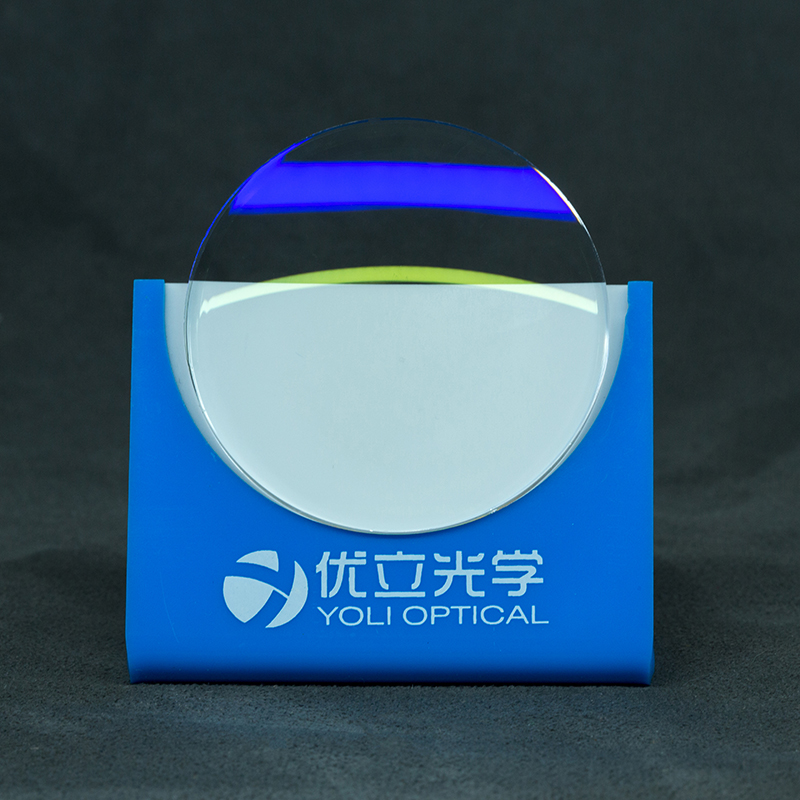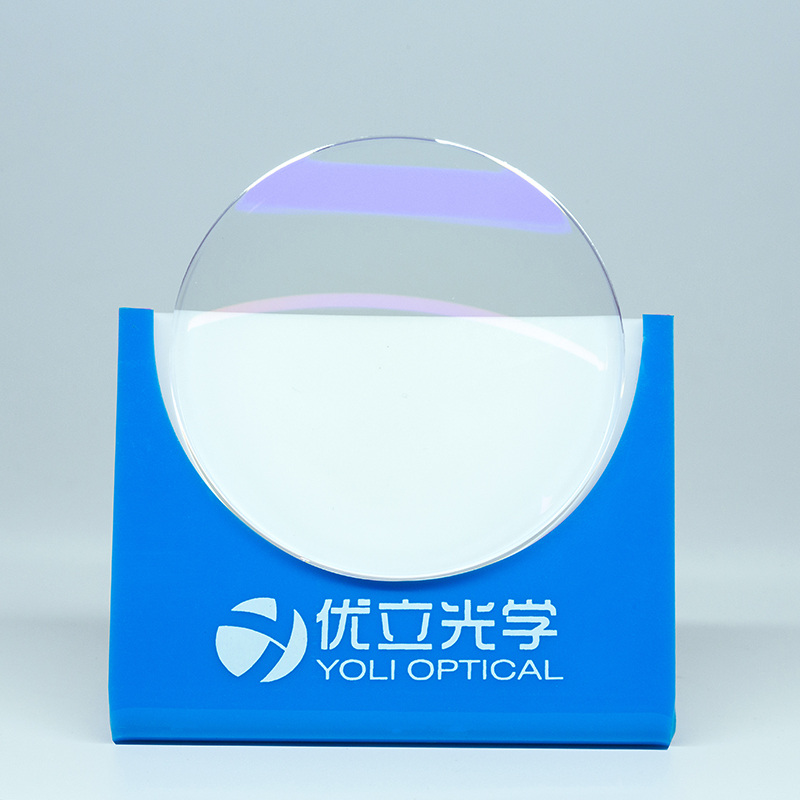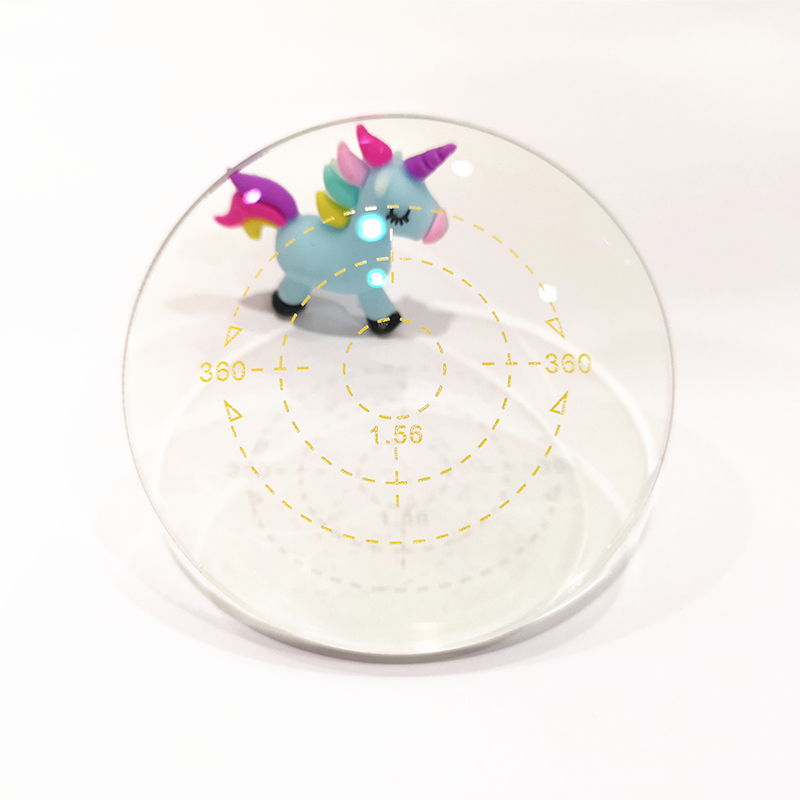
China Optical Lens Blue Cut Company – 1.50 1.49 CR-39 Ophthalmic Lens Anti Blue Light Lens – YOLI
China Optical Lens Blue Cut Company – 1.50 1.49 CR-39 Ophthalmic Lens Anti Blue Light Lens – YOLI Detail:
Why to Choose CR-39 Optical Lenses?
Crystal Vision (CR) are top quality lenses made by one of the world’s largest lens company.
CR-39, or allyl diglycol carbonate (ADC), is a plastic polymer commonly used in the manufacture of eyeglass lenses.
The abbreviation stands for “Columbia Resin #39”, which was the 39th formula of a thermosetting plastic developed by the Columbia Resins project in 1940.
Owned by PPG, this material is revolutionising lens making.
Half as heavy as glass, far less likely to shatter, and optical quality nearly as good as glass.
CR-39 is heated and poured into optical quality glass moulds – adapting the qualities of glass very closely.

Blue-Violet light
One major change is blue light. Blue light is not new – it is part of the visible spectra.
The sun has been the single biggest source of blue light since the beginning of time with an exposure outdoors 500 times greater than indoors. The change in blue light comes with our knowledge of its effect on the visual system. Thanks to the research done by the Paris Vision Institute and Essilor, we now know that most swine retinal cell death occurs when these cells are exposed to the blue-violet light bands between 415nm-455nm, with a peak at 435nm

Be prepared with these correct blue filter lenses.

What optical solutions do we have to reduce blue light exposure?
Not all blue light is bad for you. However, Harmful Blue Light is.
It is emitted from devices your patients use every day—like computers, smartphones, and tablets.
And since 60% of people spend more than six hours per day on digital devices, your patients will likely be asking what they can do to protect their eyes from this prolonged exposure to Harmful Blue Light.
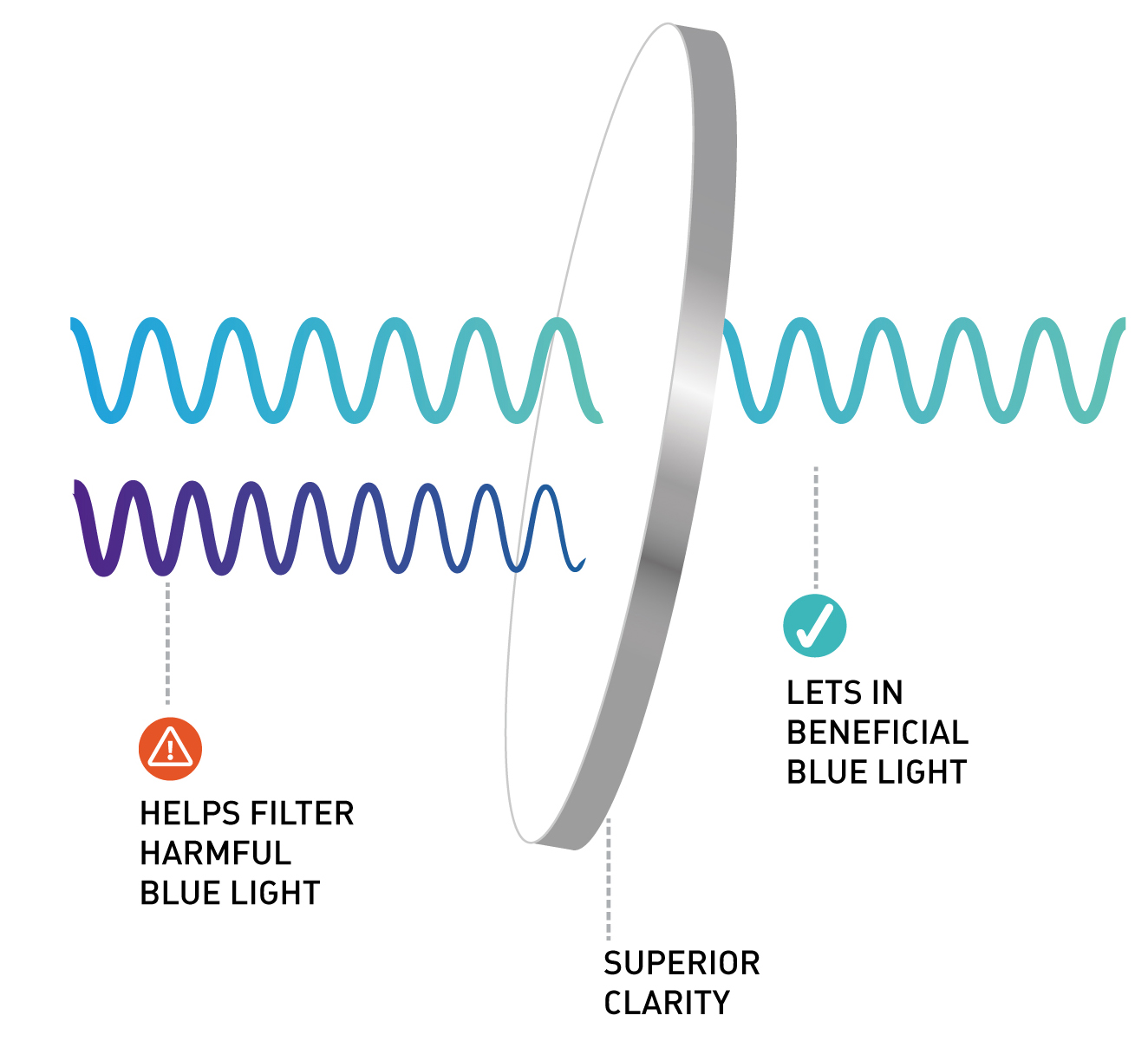
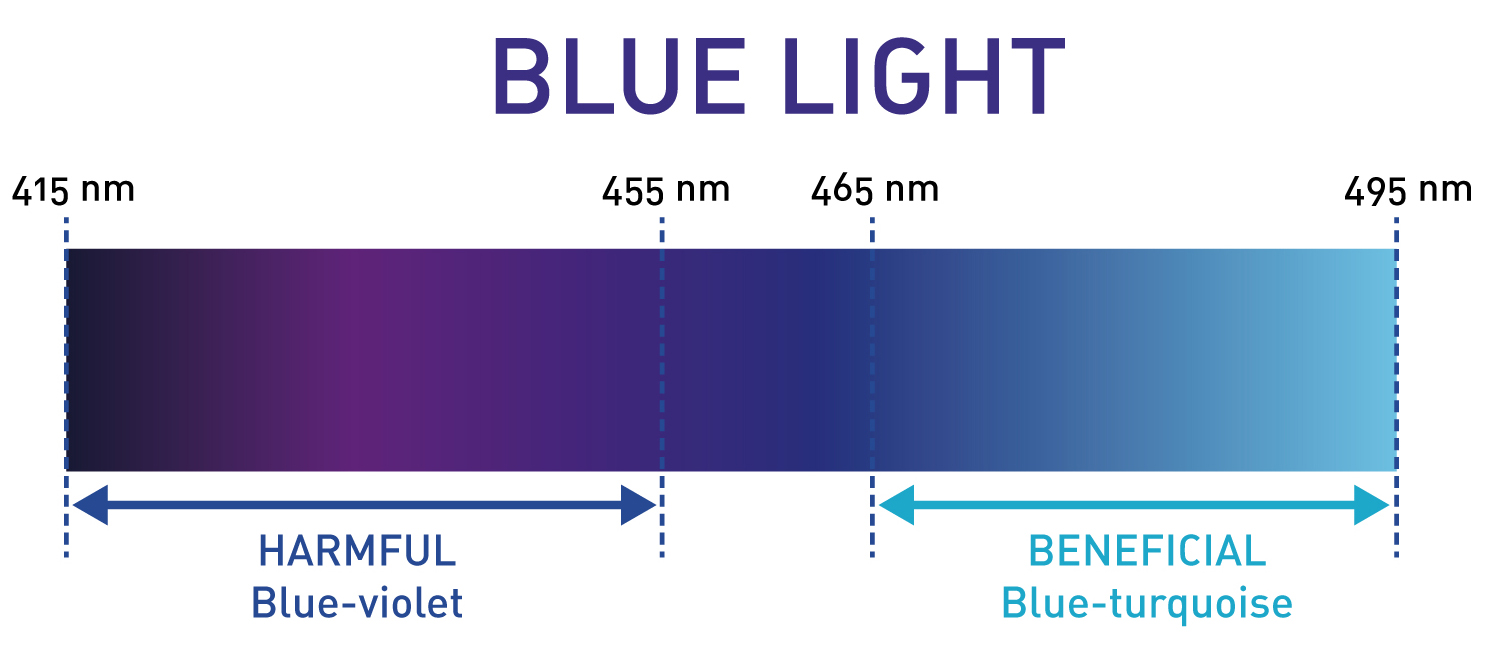
Key Takeaways
• Blue-violet light from 415-455 nm has been evidenced as a strong oxidative stress inducer and a defense inhibitor, thus one of the most harmful forms of light for the retina.
• The potential risk linked to the increasing blue light exposure can be modified thanks to the latest ophthalmic lens technology.
• Patient education is critical to raise awareness about both the harmful effects of blue light and existing preventive solutions.
• Blue light is composed of a harmful (blue-violet) and beneficial (blue-turquoise) radiations. It is essential that an ophthalmic lens blocks the former and lets through the latter.
• When comparing different optical solutions for blue light filtering it is important to keep in mind that not only the amount of blue-violet light blocked is important but also the wavelength bands blocked.
Product detail pictures:
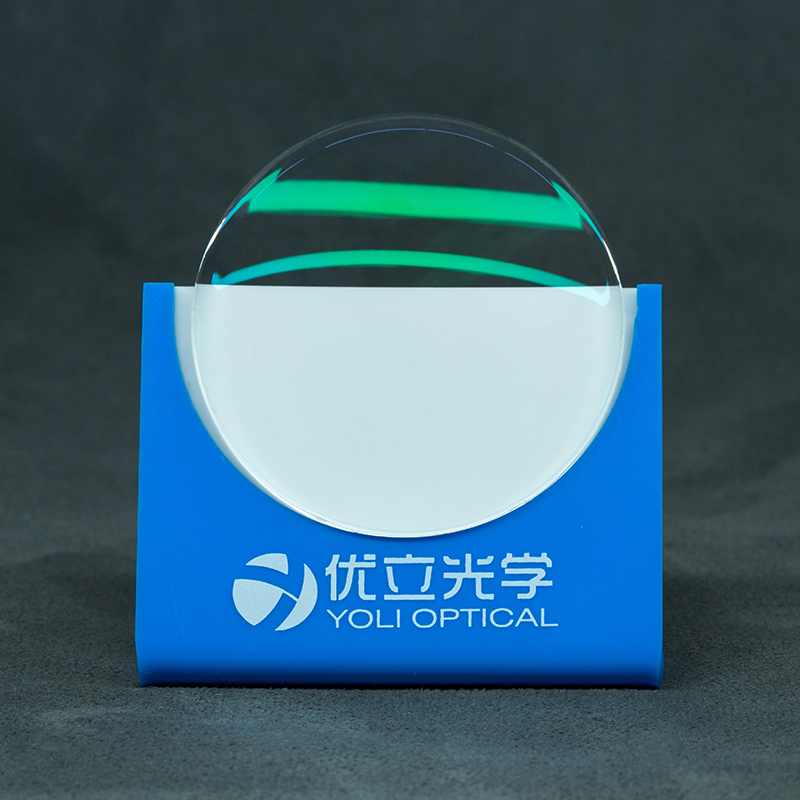
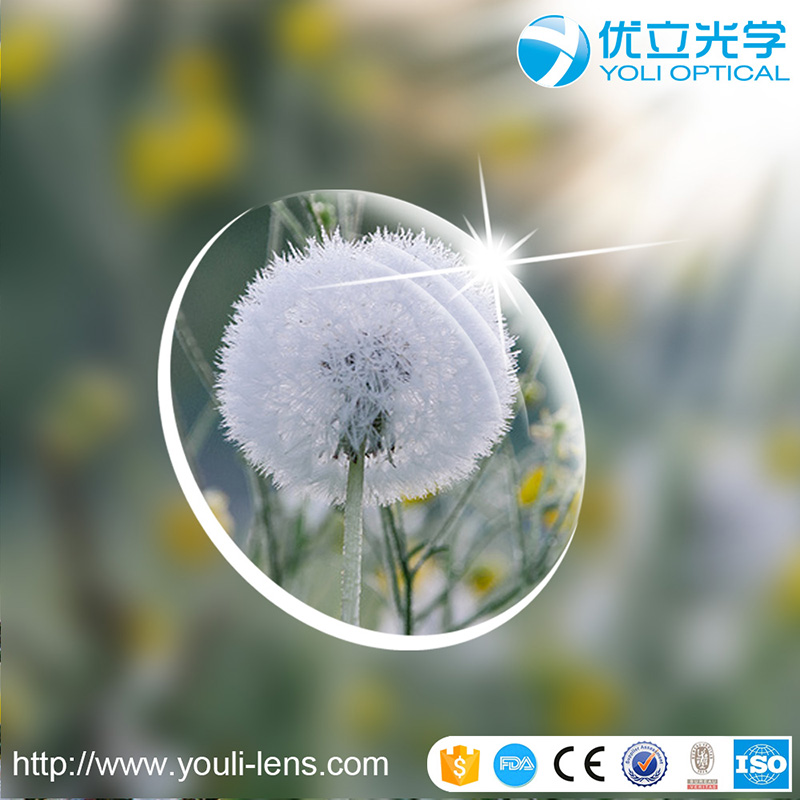

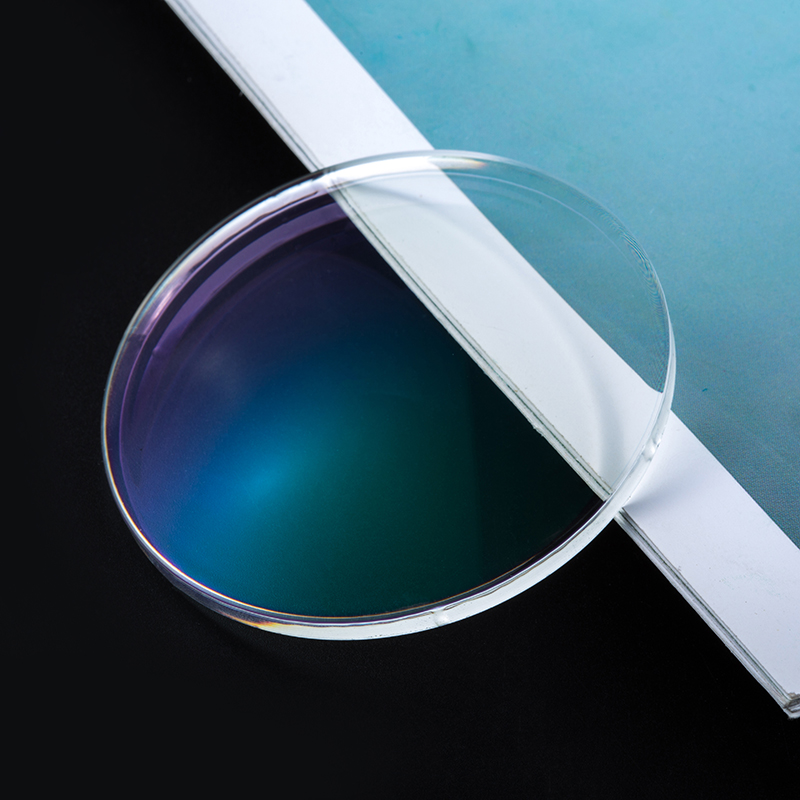
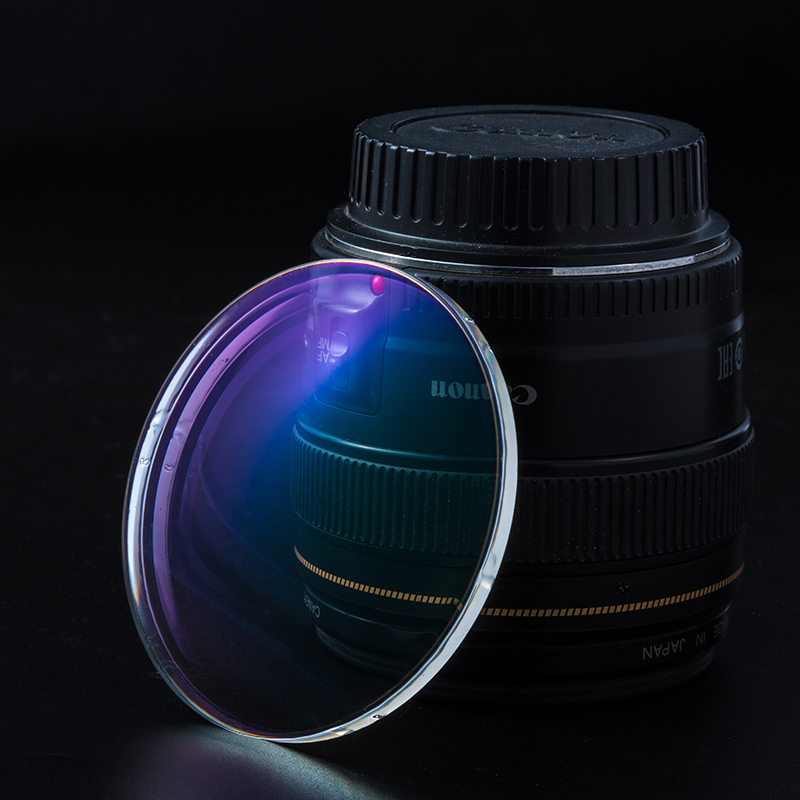
Related Product Guide:
To be the stage of realizing dreams of our employees! To build a happier, far more united and far more specialist team! To reach a mutual profit of our customers, suppliers, the society and ourselves for China Optical Lens Blue Cut Company – 1.50 1.49 CR-39 Ophthalmic Lens Anti Blue Light Lens – YOLI , The product will supply to all over the world, such as: South Korea, New Zealand, Houston, We warmly welcome your patronage and will serve our clients both at home and abroad with products and solutions of superior quality and excellent service geared to the trend of further development as always. We believe you will benefit from our professionalism soon.
High Quality, High Efficiency, Creative and Integrity, worth having long-term cooperation! Looking forward to the future cooperation!

